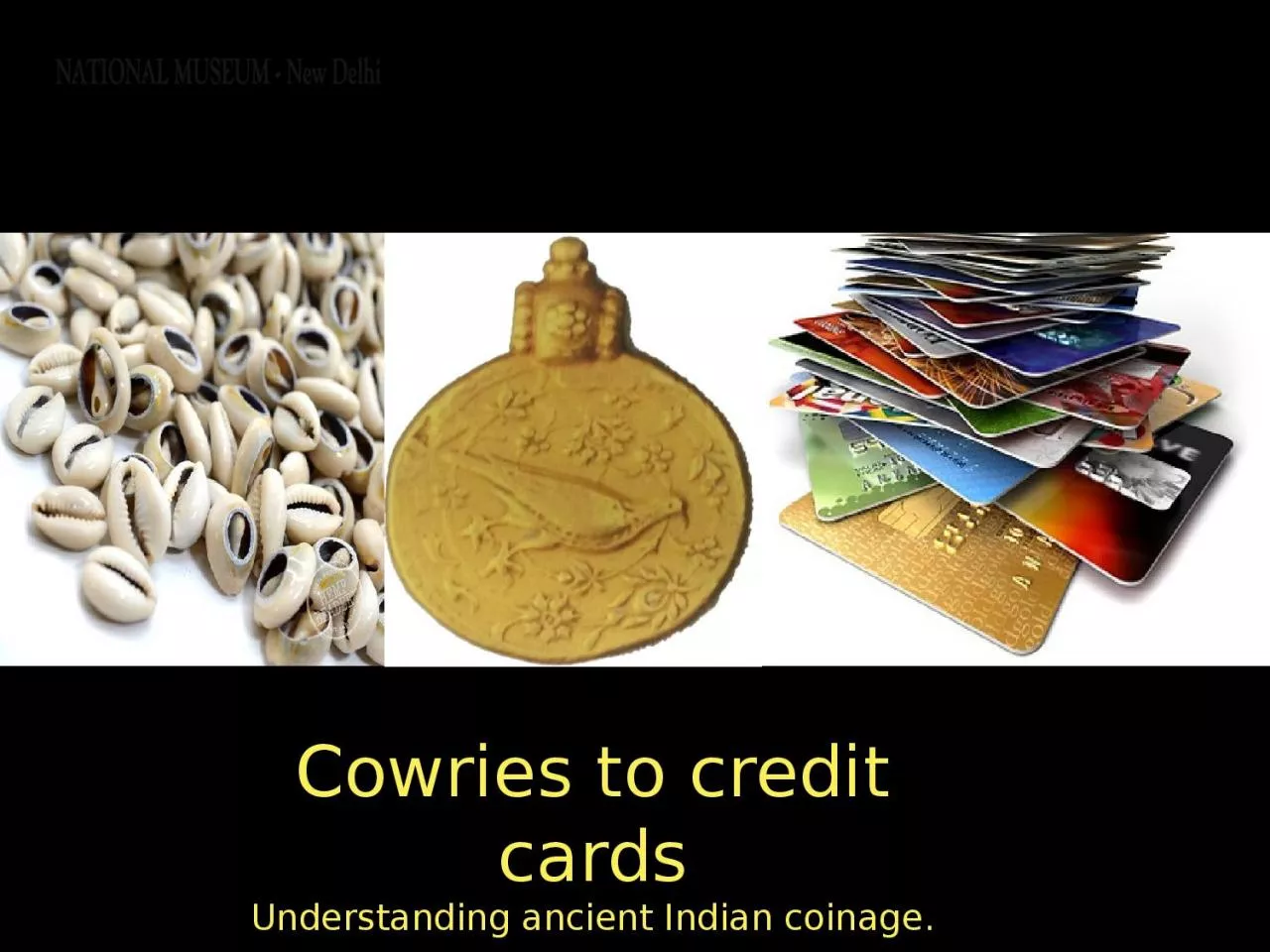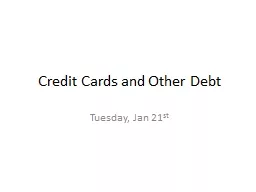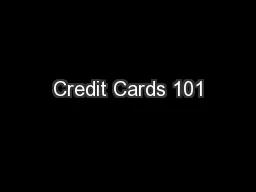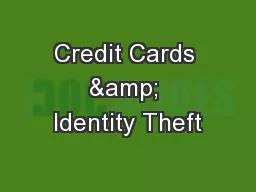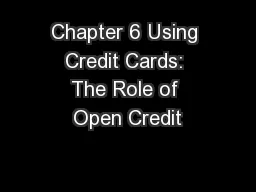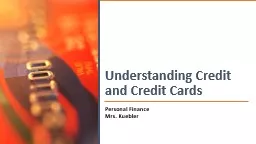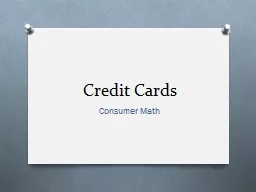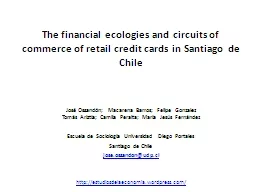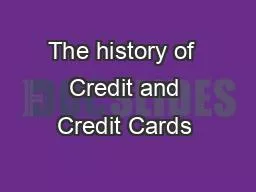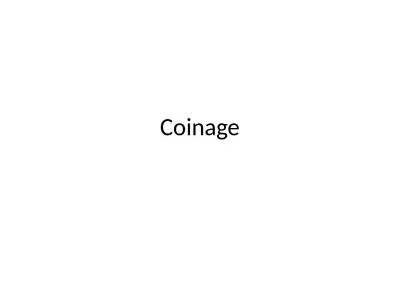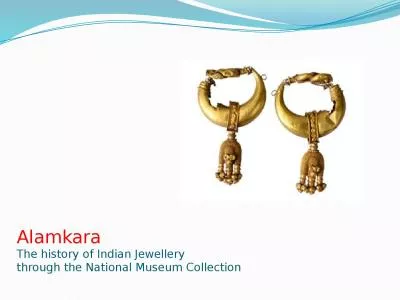PPT-Cowries to credit cards Understanding ancient Indian coinage.
Author : jovita | Published Date : 2023-07-22
The Barter System How Did it work Here a cat is being exchanged for a tool Here women are taking grains and exchanging them with veggies Bartering is the exchange
Presentation Embed Code
Download Presentation
Download Presentation The PPT/PDF document "Cowries to credit cards Understanding an..." is the property of its rightful owner. Permission is granted to download and print the materials on this website for personal, non-commercial use only, and to display it on your personal computer provided you do not modify the materials and that you retain all copyright notices contained in the materials. By downloading content from our website, you accept the terms of this agreement.
Cowries to credit cards Understanding ancient Indian coinage.: Transcript
Download Rules Of Document
"Cowries to credit cards Understanding ancient Indian coinage."The content belongs to its owner. You may download and print it for personal use, without modification, and keep all copyright notices. By downloading, you agree to these terms.
Related Documents

